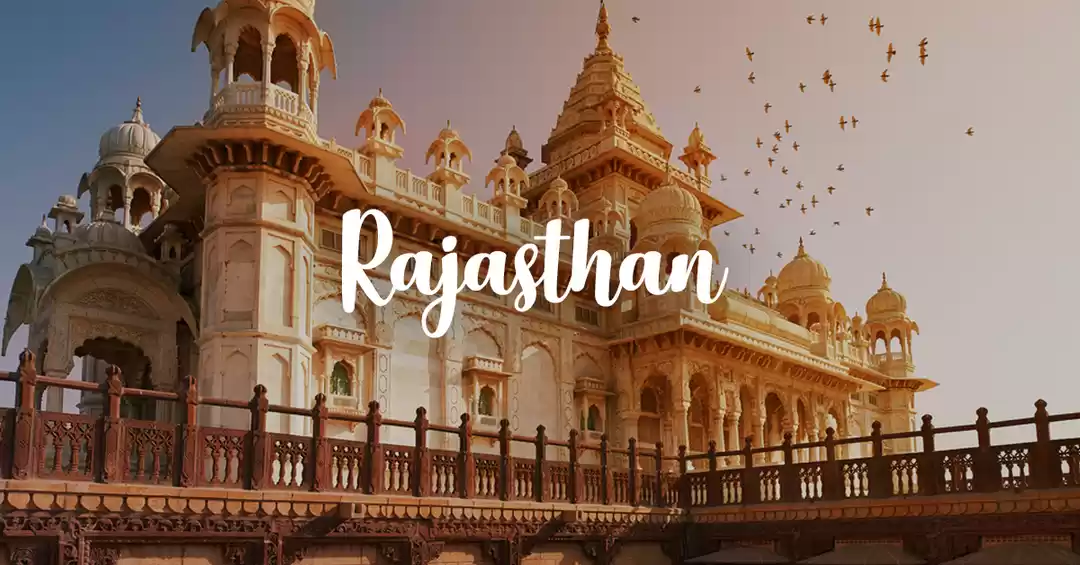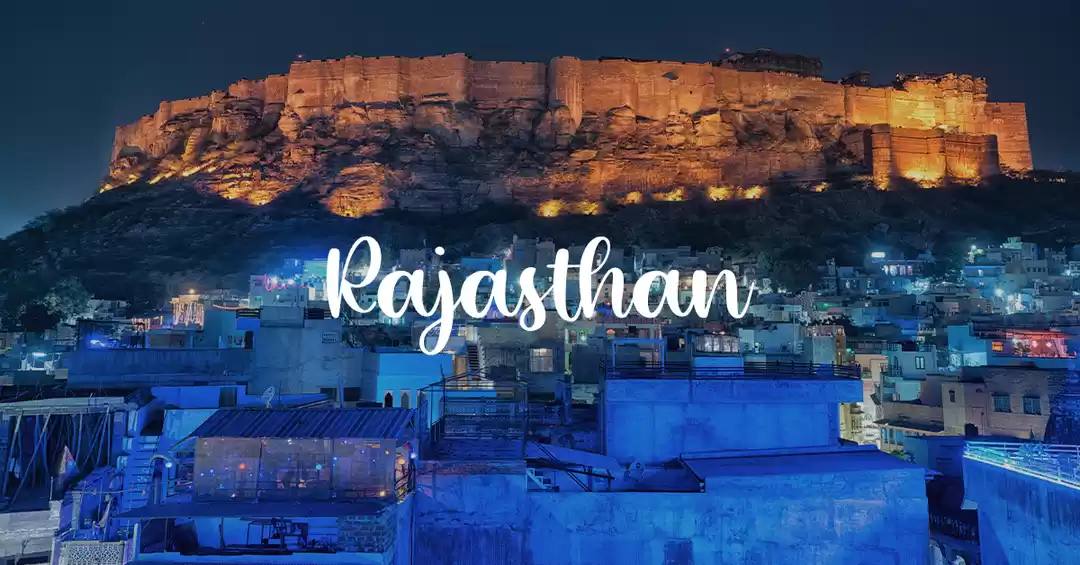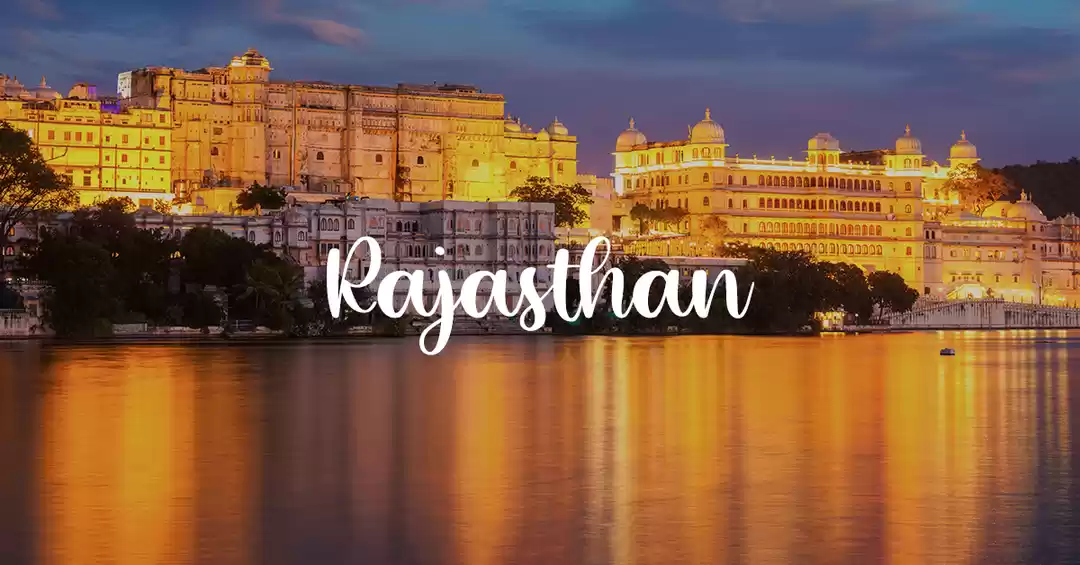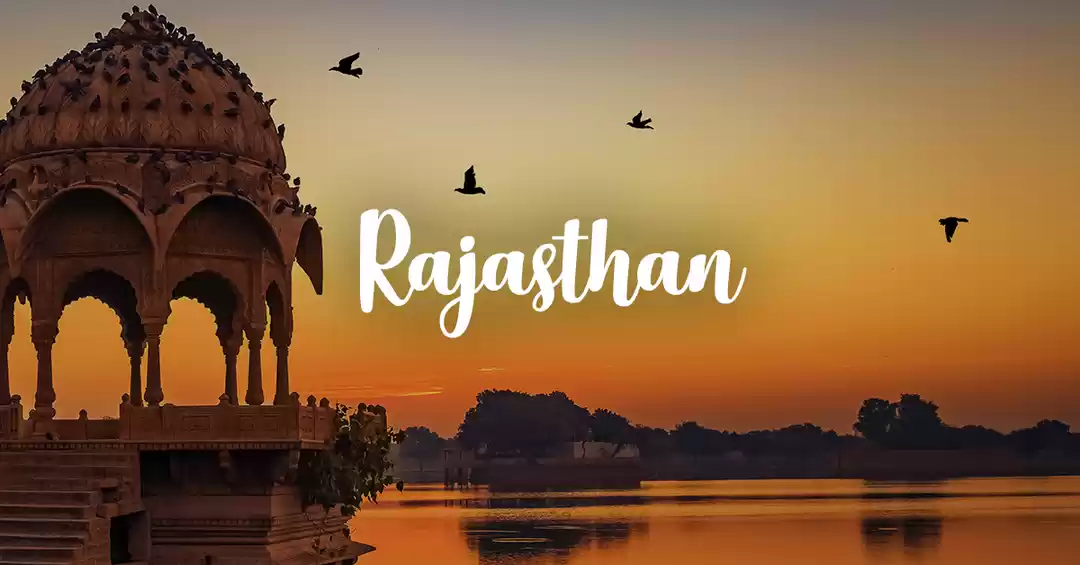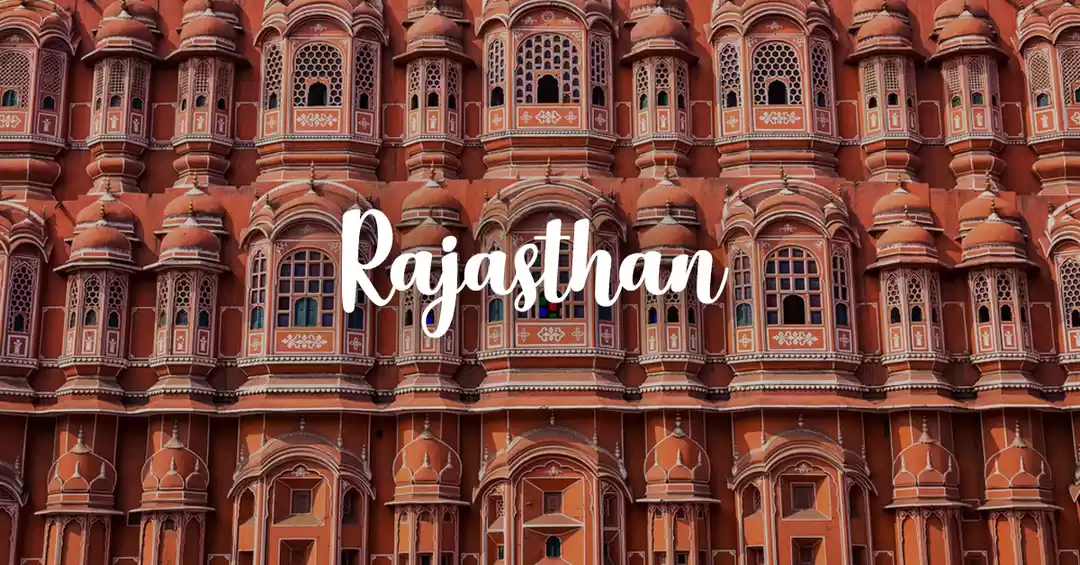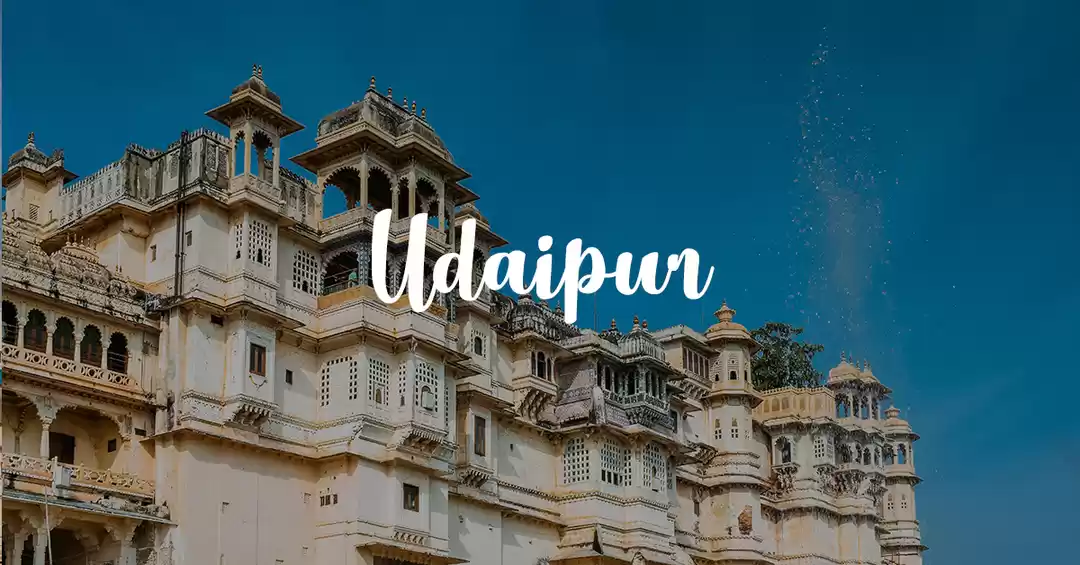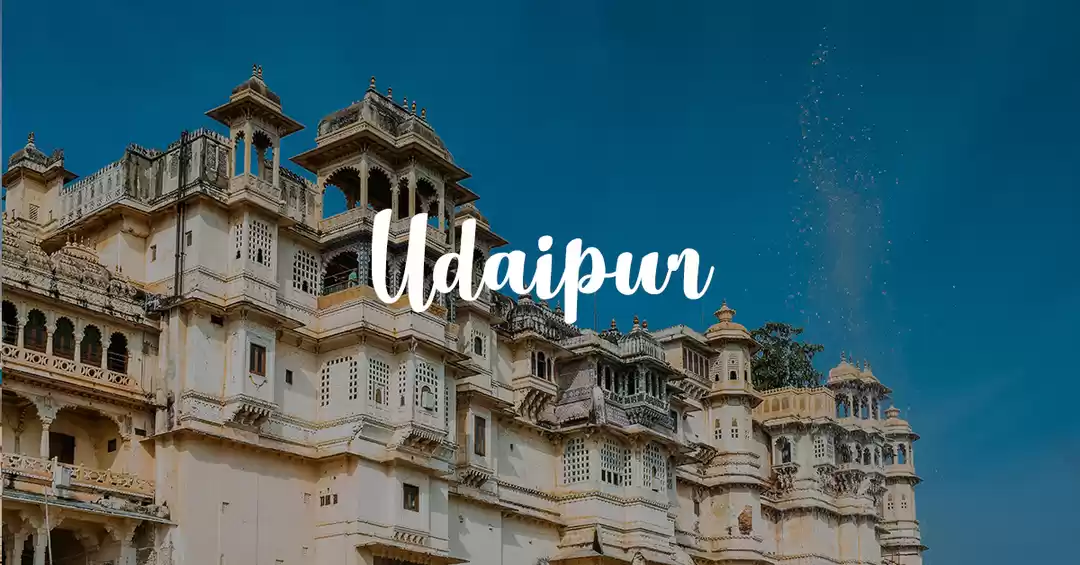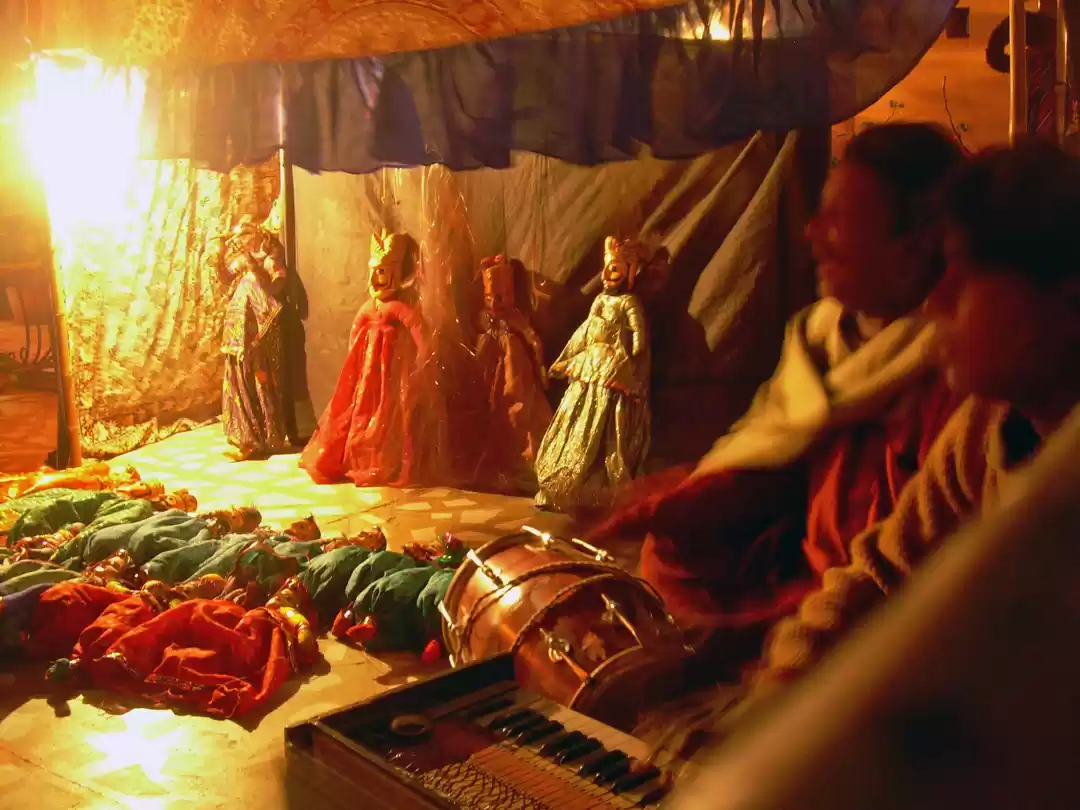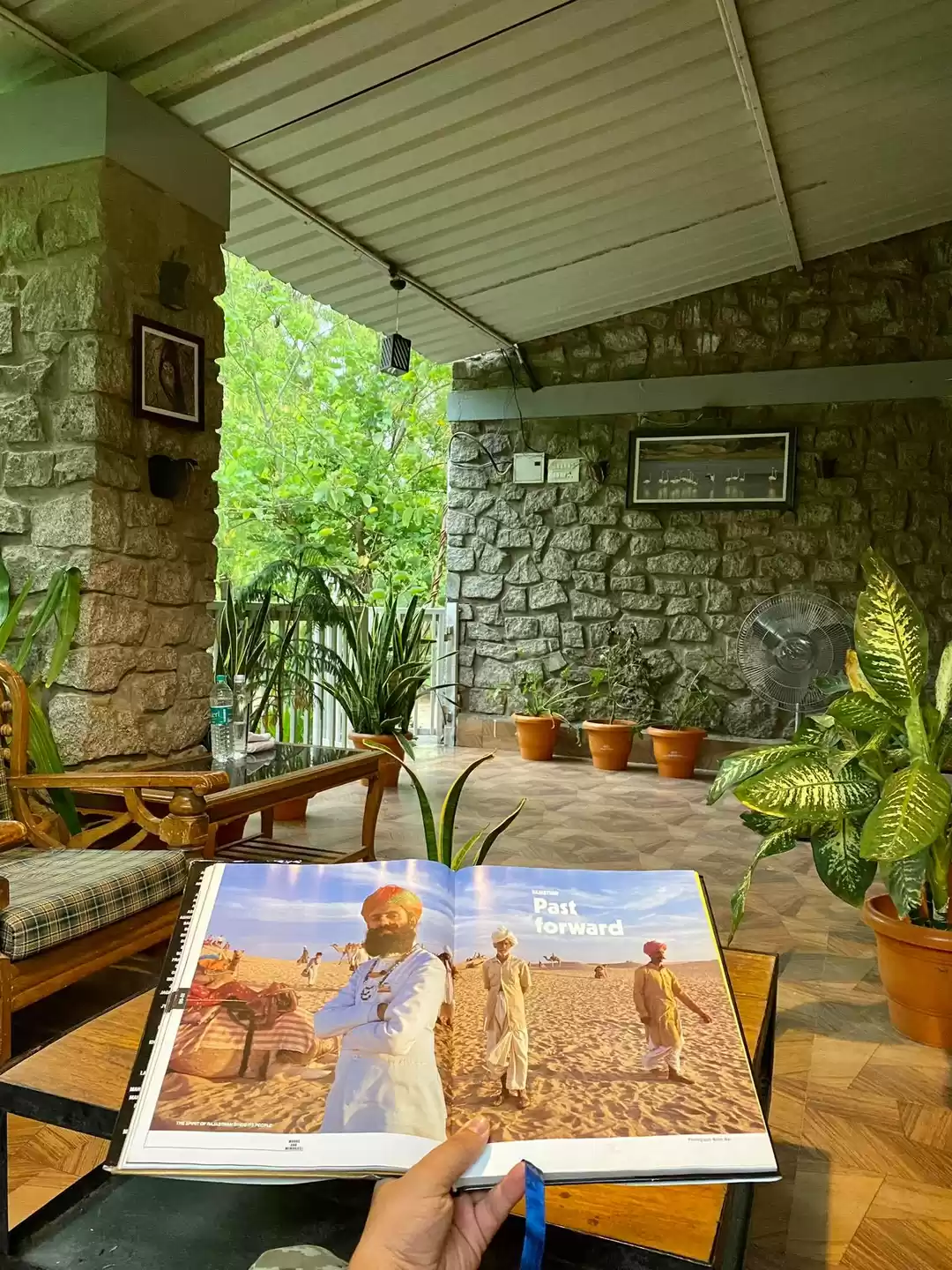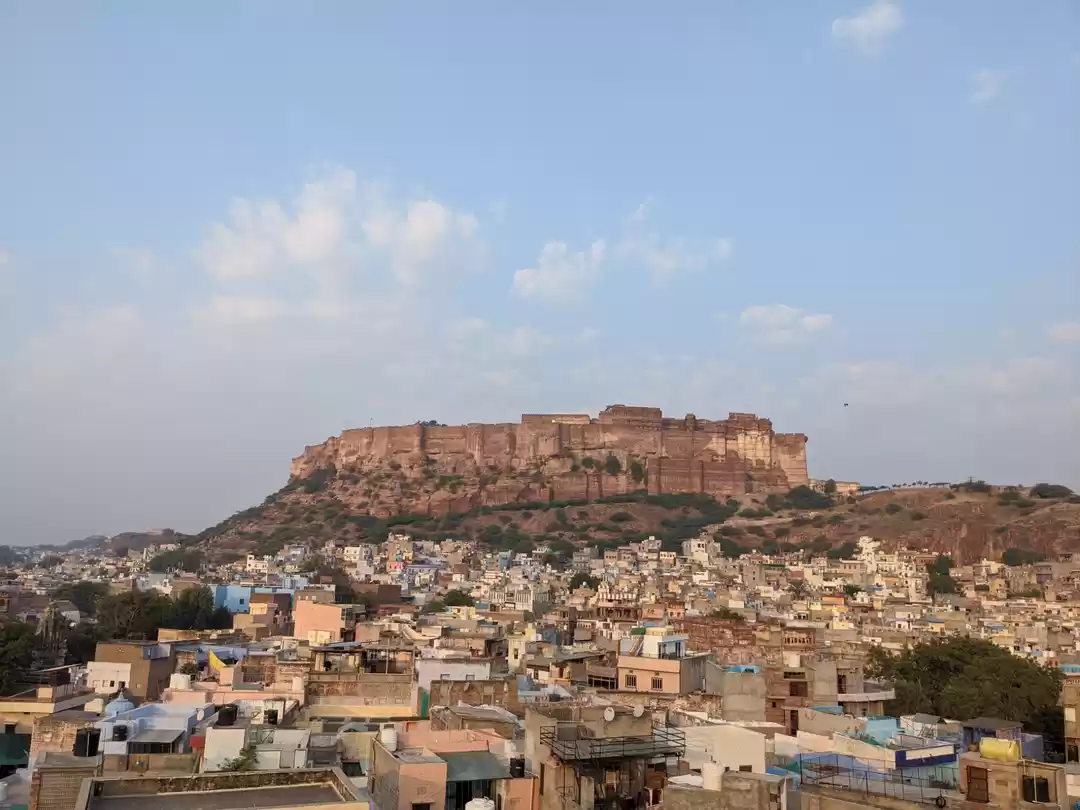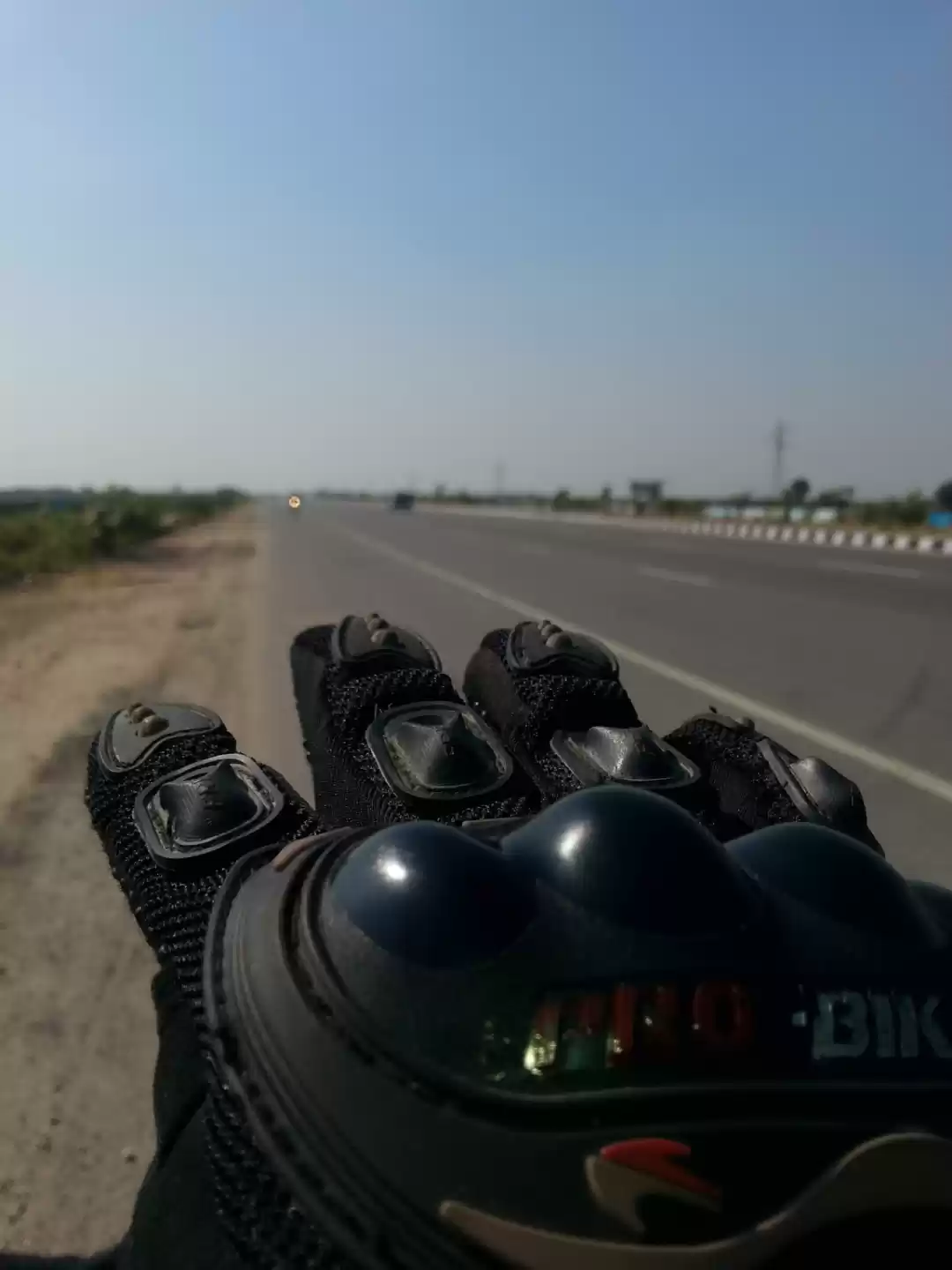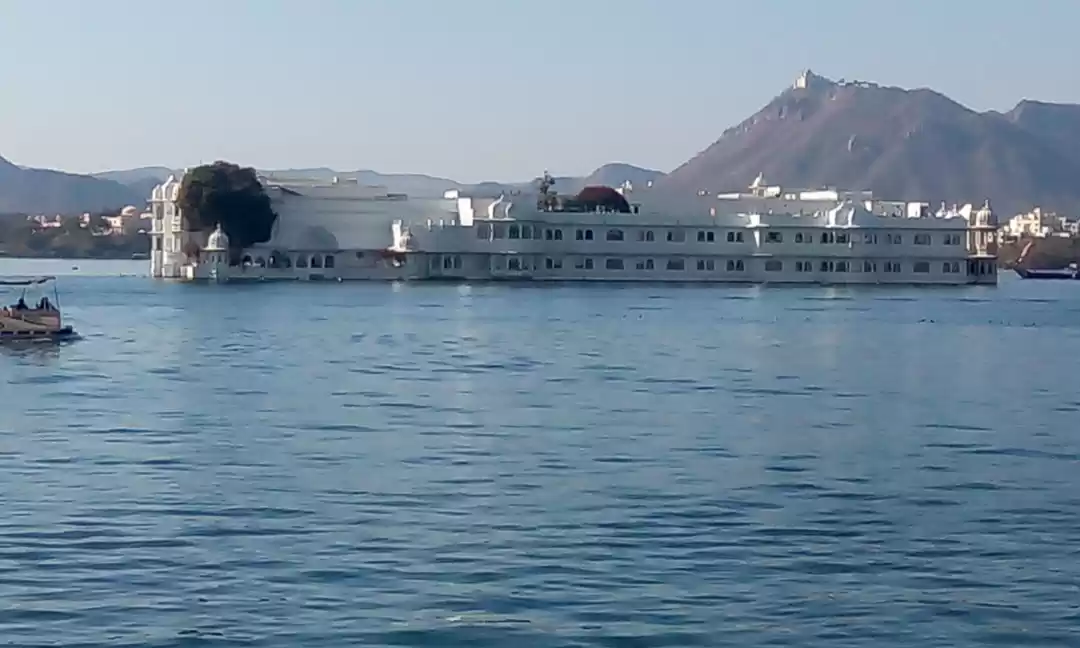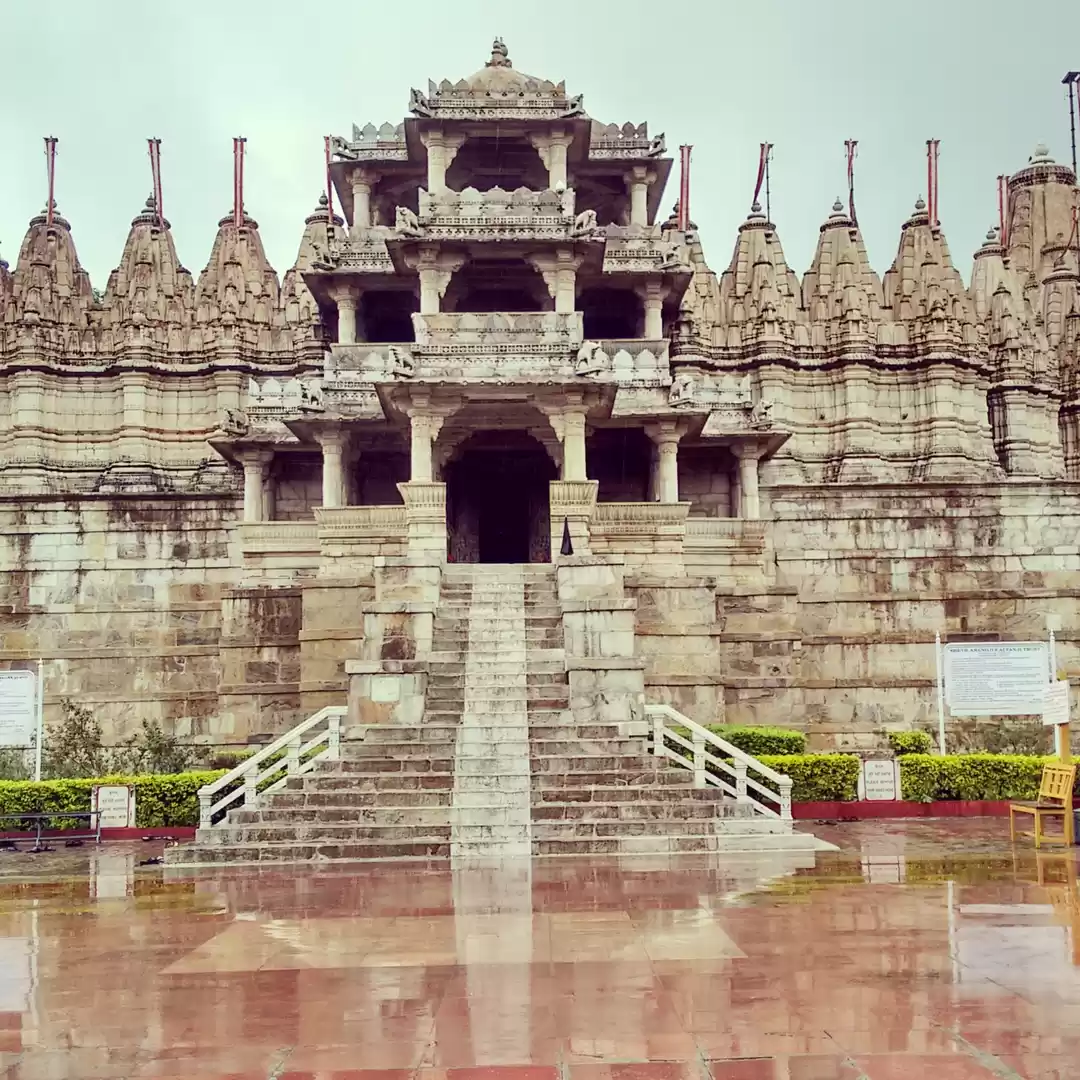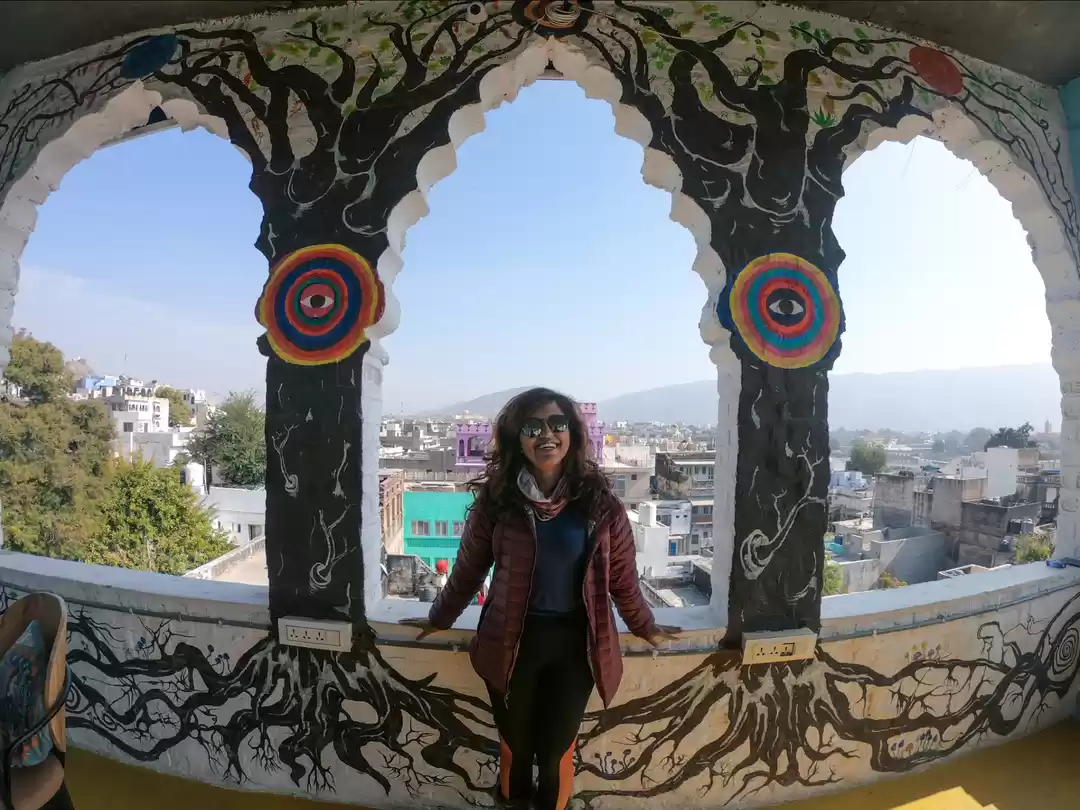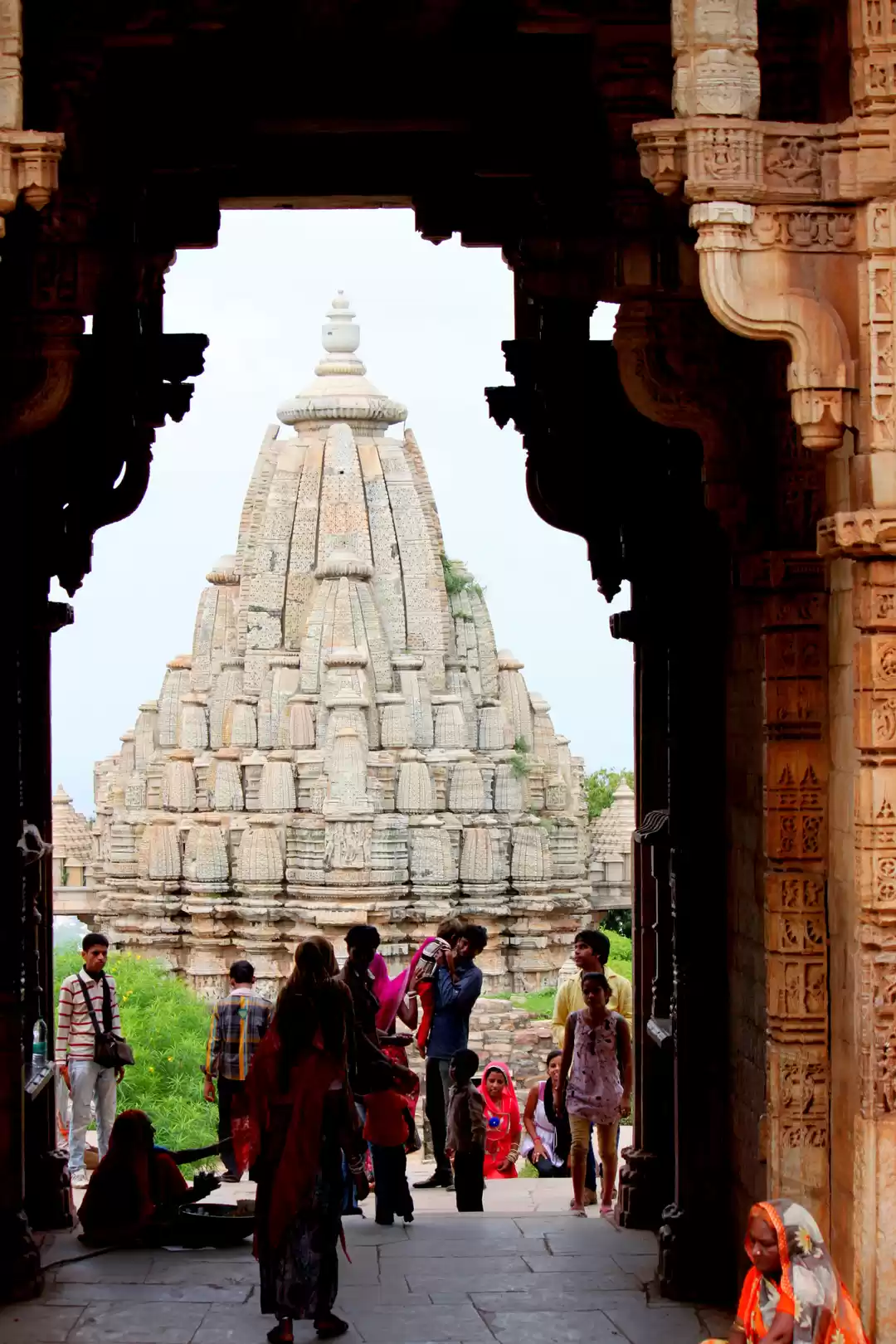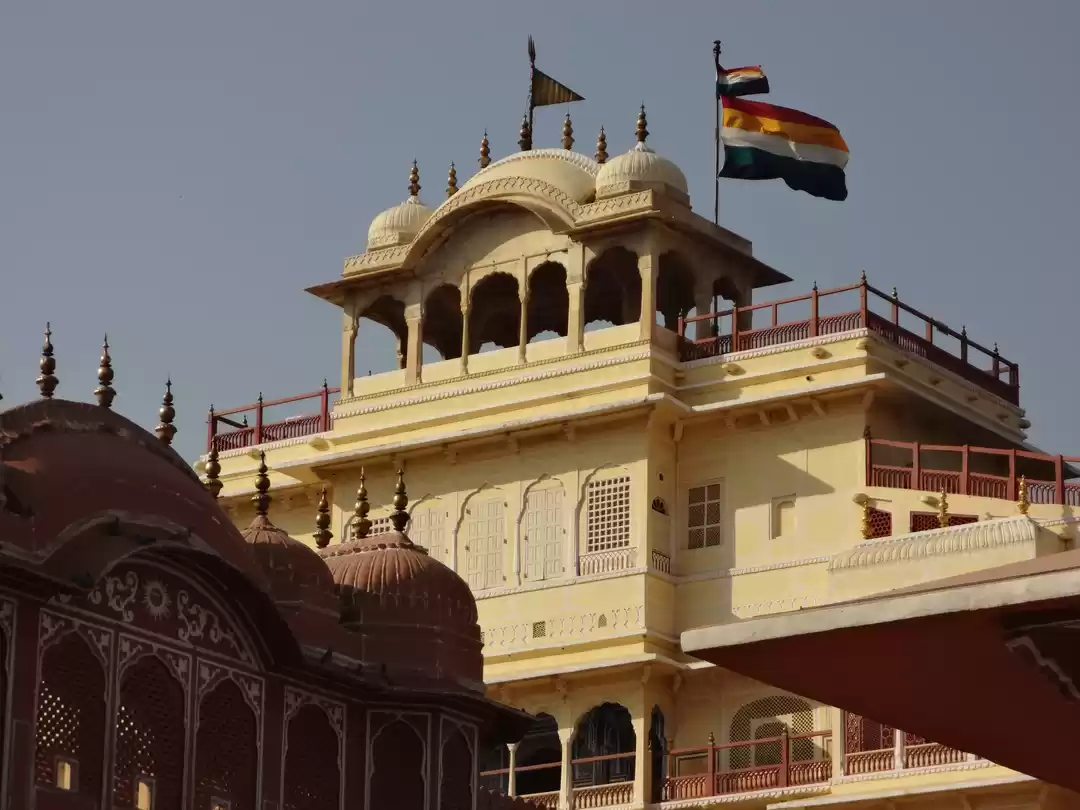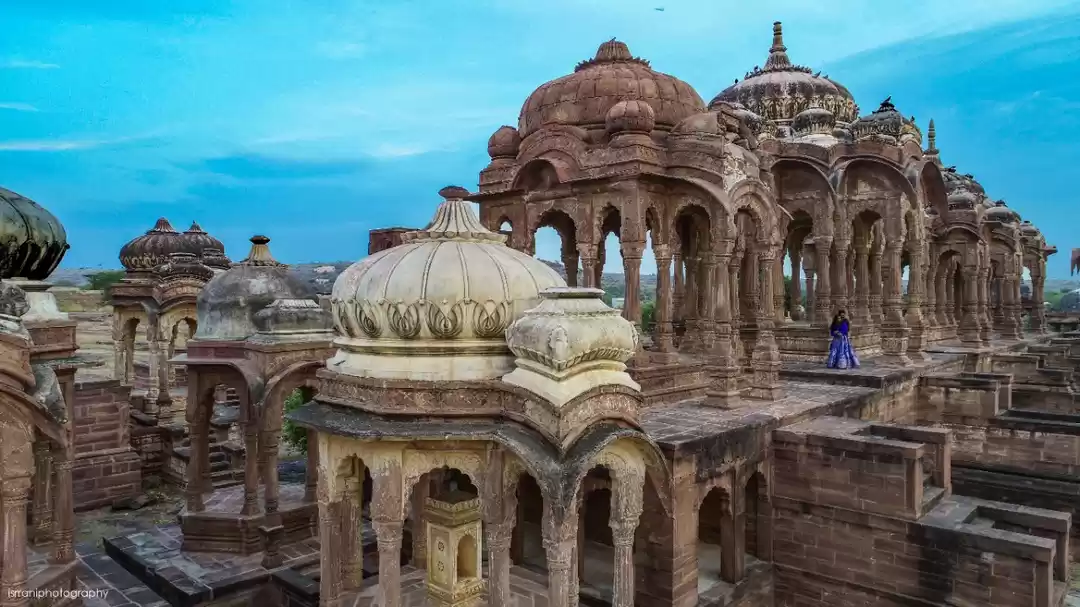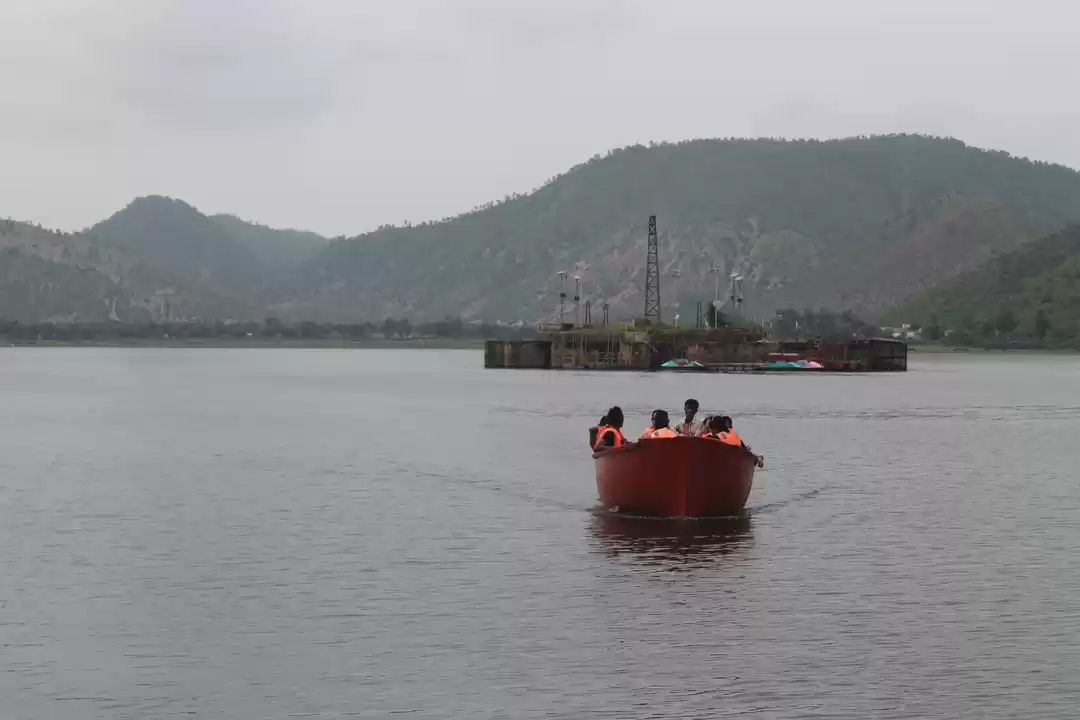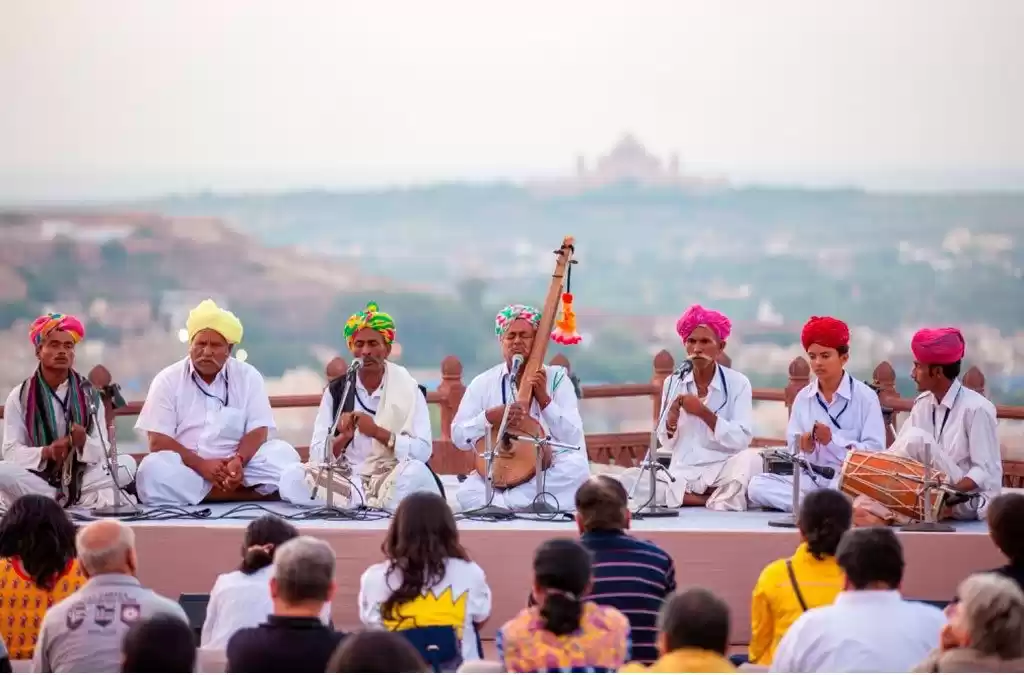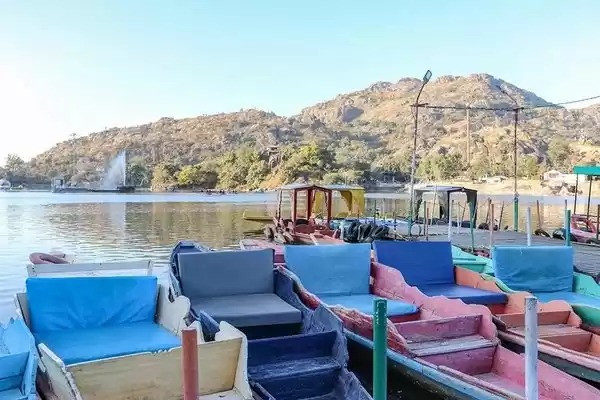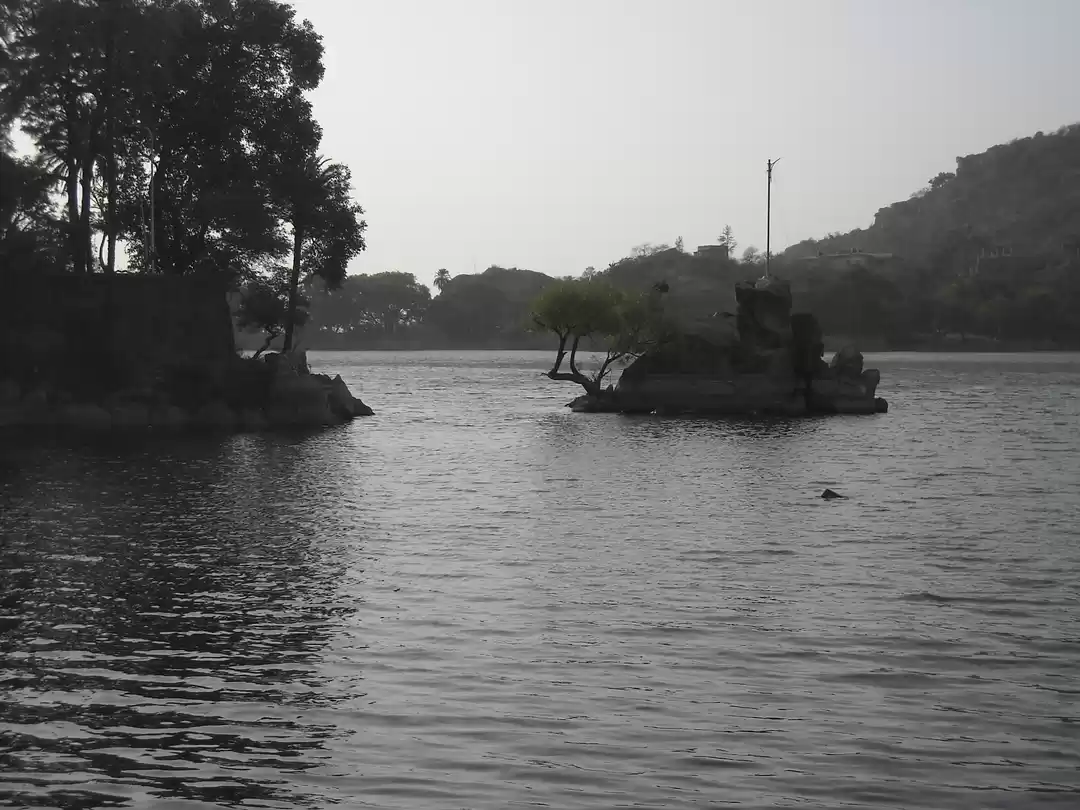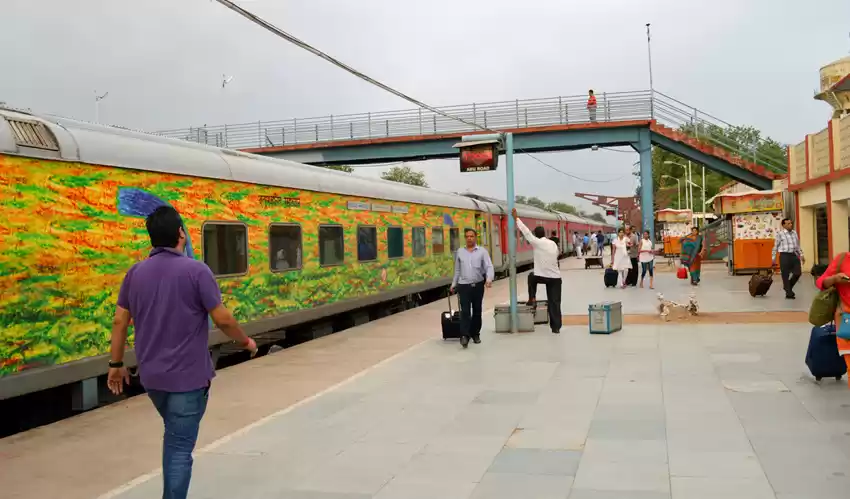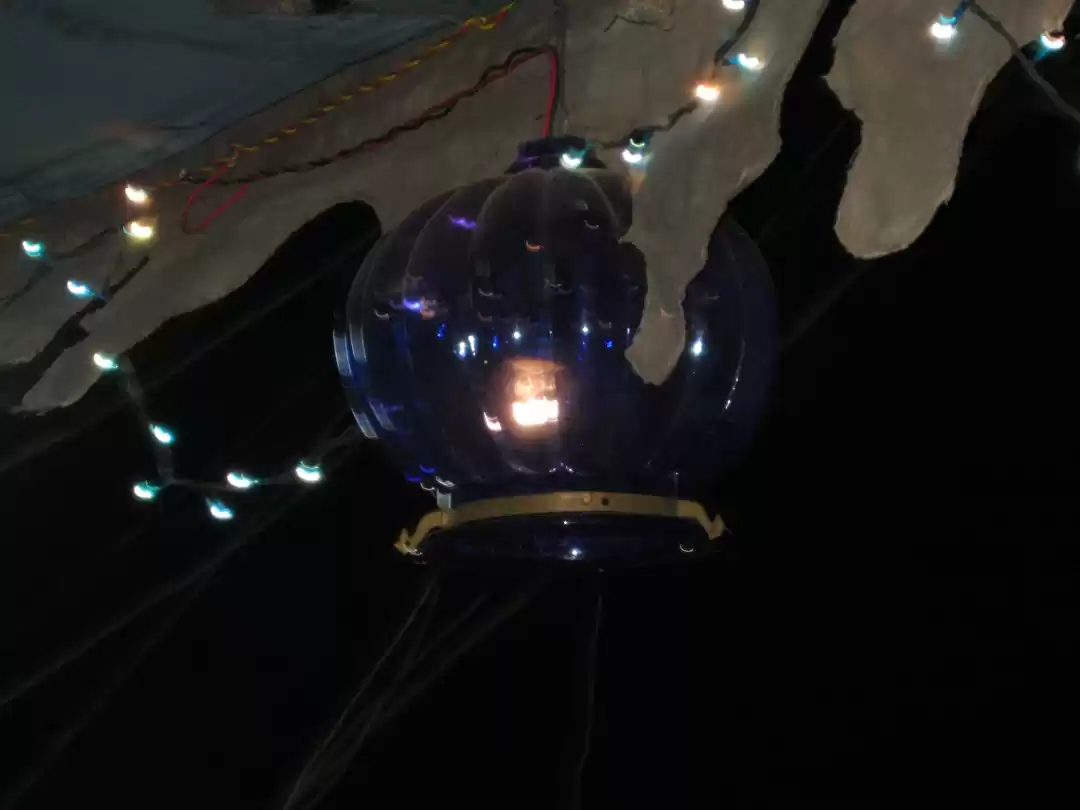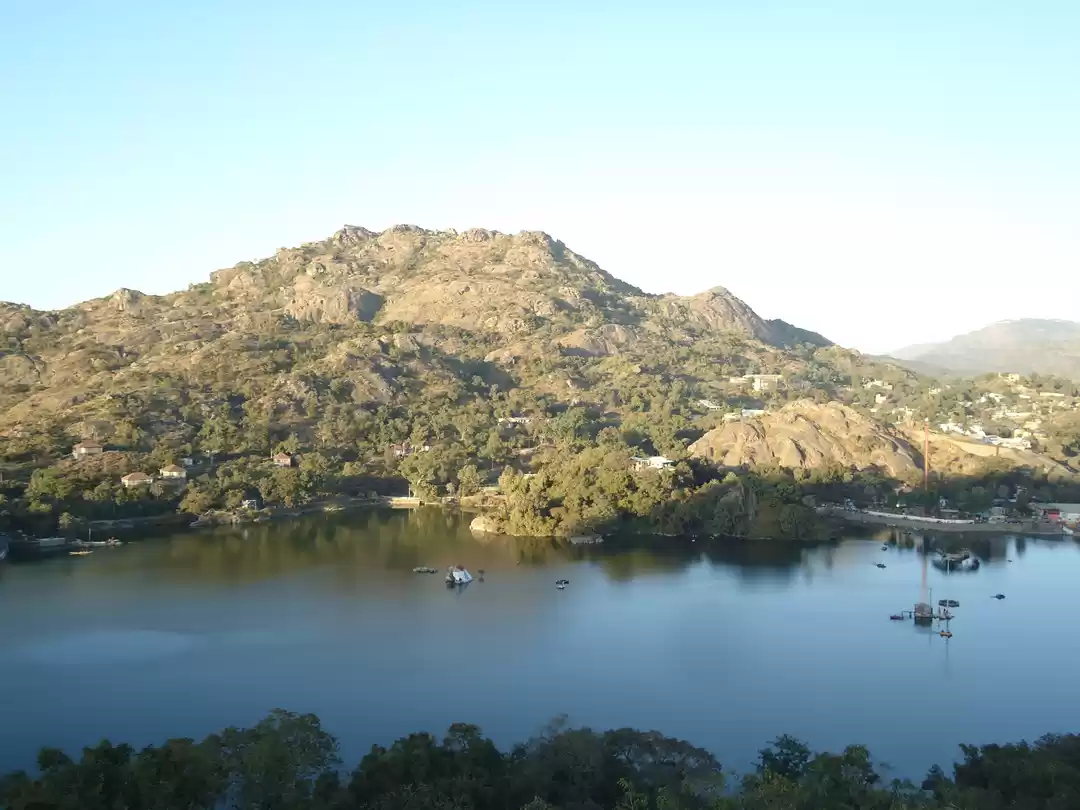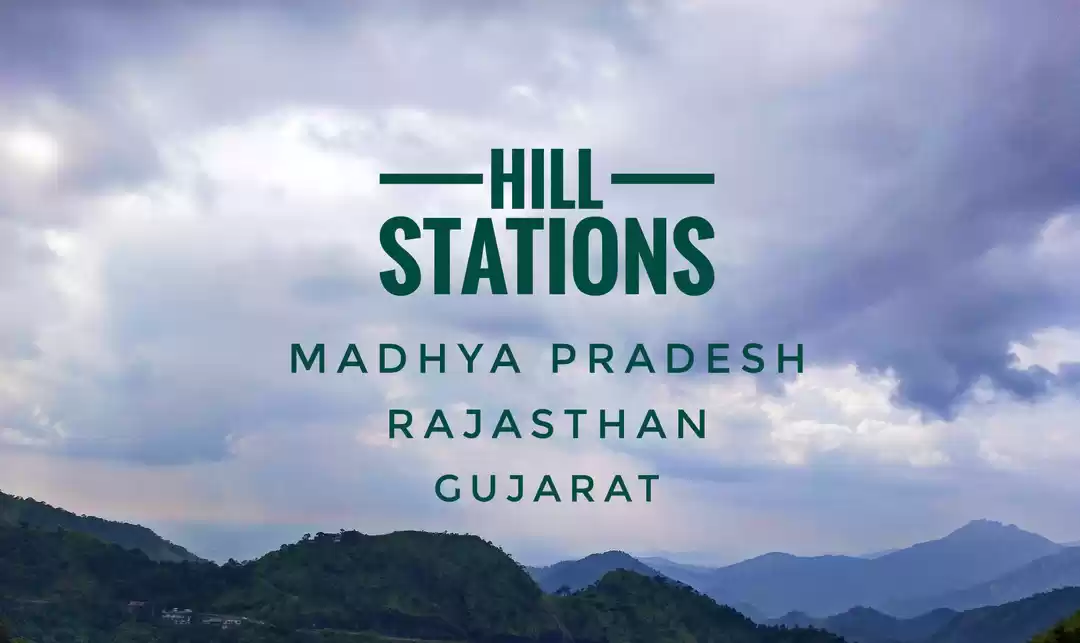

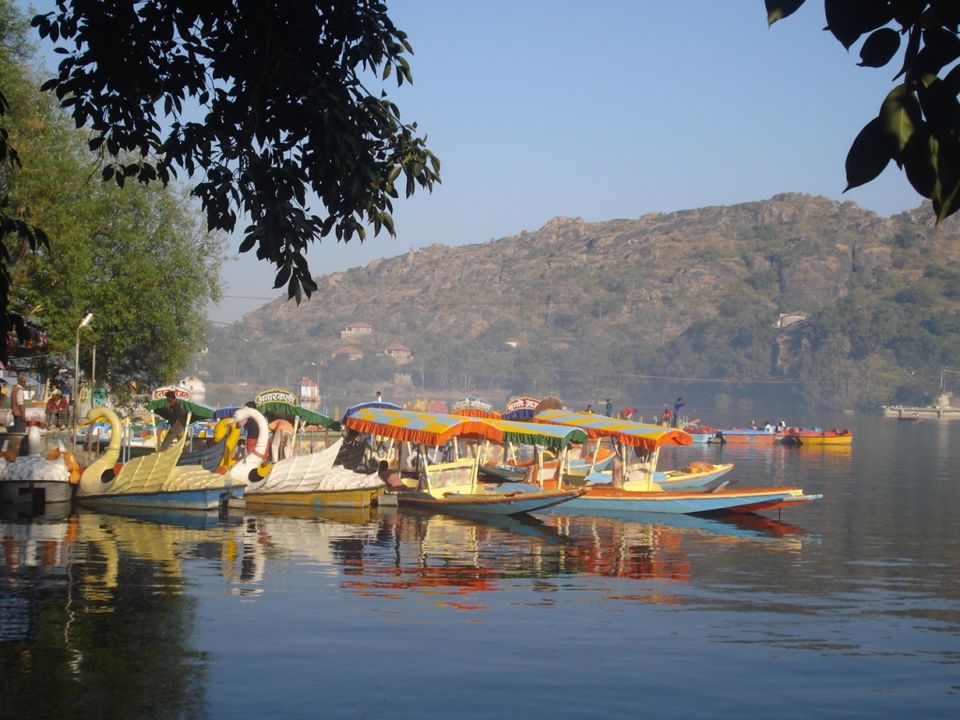























Situated in the Sirohi district of the State, Mount Abu is a part of the Aravalli range.
Arbudaanchal, as it was known earlier is now famous as Mount Abu. It is said that Guru Vashistha retired at Mount Abu following his differences with sage Vishwamitra. Another mythology believes that a serpent named "Arbuda" saved the life of Nandi - Lord Shiva's bull. The incident happened on the mountain which is currently known as Mount Abu. Thus there are many temples and hermitages found there.
Mount Abu is the only hill station of the State of Rajasthan, India, which is known for its desert. Beautifully carved out by nature, the place is a center of attraction due to a number of ancient temples, headquarter of Brahma Kumaris, which have many campuses here. It has five famous Dilwara Jain temples and other Hindu temples. Nakki Lake is a beautiful added attraction for the tourists where they enjoy boating. A wild life sanctuary is also located here. The historical Achalgarh fort, built in the 14th century by Rana Kumbha of Mewar is also a major tourist attraction.
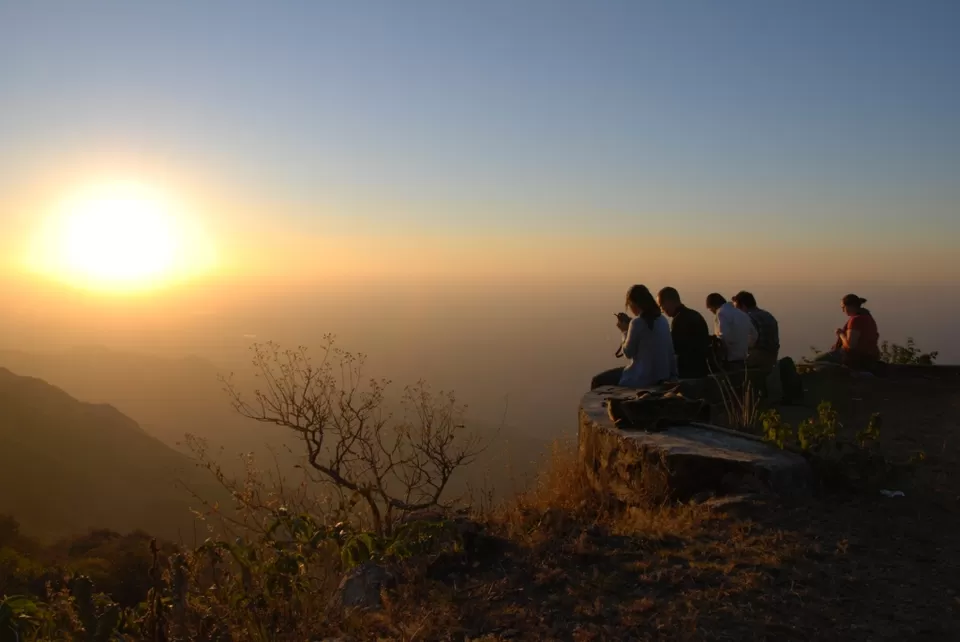

The entry to Mount Abu is possible through this place only. The railway lines passes through Abu Road and one has to de board the train for going to the Mount Abu.
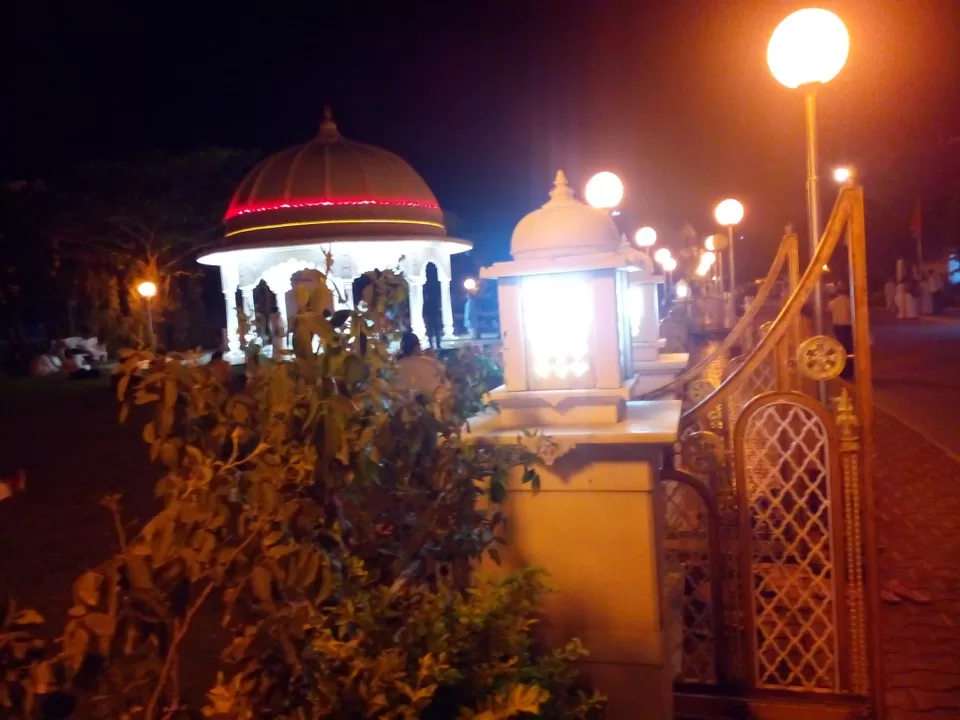

Dilwara temples are the most revered ancient temples of Jains. Although the Jains built some beautiful temples at other places of India, including Rajasthan, it is believed that none come close to these in terms of architectural perfection and style. The ornamental detail spreading over the minutely carved ceilings, doorways, pillars and panels is simply amazing.




The Gyan Sarovar Complex at Mount Abu is reminiscent of ‘Mansarovar’, about which a legend goes that anyone who dipped into the lake emerged in the form of a fairy or an angel. Gyan Sarovar is said to be an environment which enables individuals to dip into the ‘Lake of Knowledge’ and emerge highly transformed.Founded by the Brahma Kumaris in 1996, the Gyan Sarovar Academy for a Better World was inaugurated as part of the celebration of the University’s 60th anniversary. The Academy is an international campus – a place where men, women and children can reach their unique human potential and cultivate the values of our common humanity.
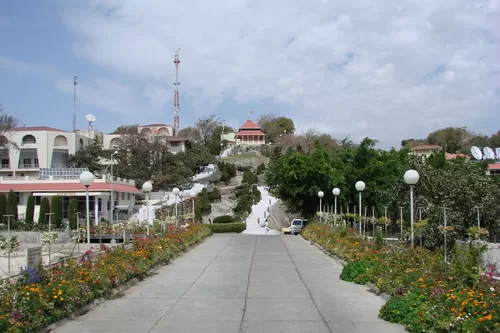

Nakki Late at Mount Abu is said to be the largest man-made lake at the height of 1,1 00 meters in India. People called it the love lake of Mount Abu. It is also regarded as the sacred lake for the proud Garacia tribe. They come to the lake on their festival in Shukla Paksha in April to worship and remember their ancestors, and consecrate their nails!
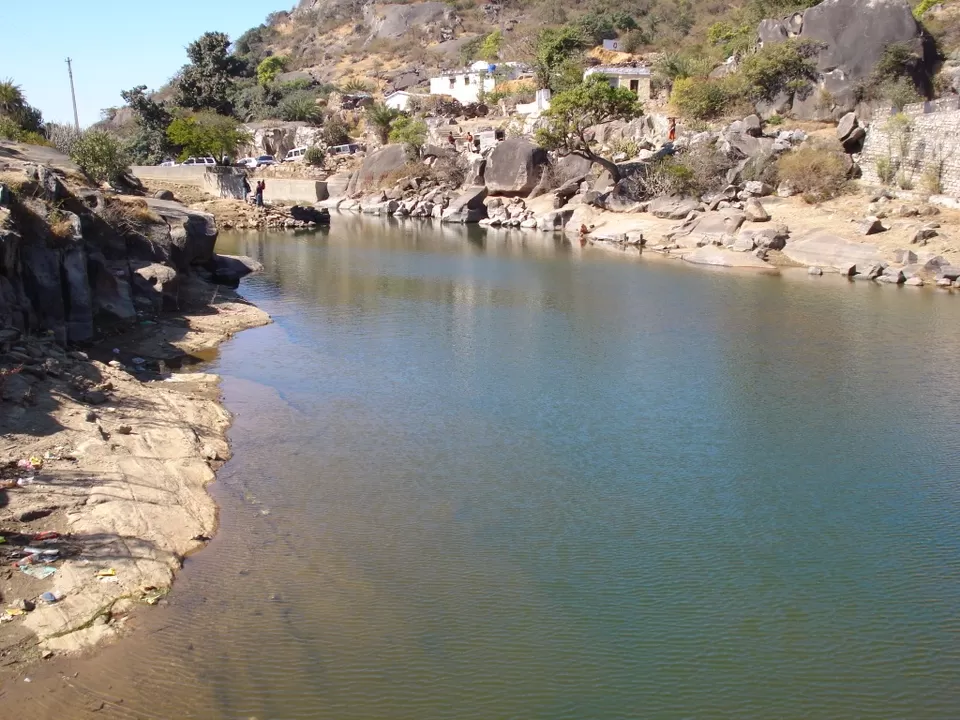




Declared as a Wildlife Sanctuary in 1960, Mount Abu Wildlife Sanctuary has numerous places for sightseeing. The floral biodiversity of the sanctuary is quite rich with subtropical thorn forest at the foothills to evergreen forest along watercourses and valleys at higher altitudes. 112 plant families with 449 genera and 820 species fill up the sanctuary. Some of the three species of wild roses and 16 species of feras seen here are quite rare. In the southwest area, the sanctuary abounds in bamboo forests.It spreads out into a plateau which is about 19 km in length and six km in breadth. In altitude, it varies from 300 meters at the foot to 1722 meters at Guru Shikhar, the highest peak in Rajasthan.
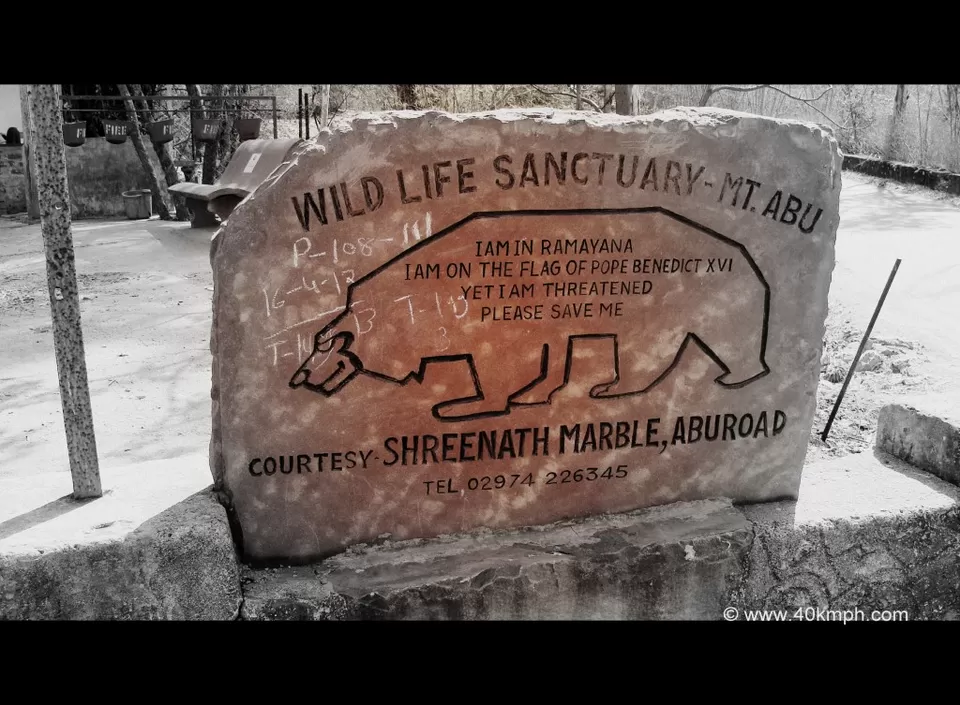
Mount Abu is home to several beautiful temples, including the Achaleswar Mahadev Temple (1412) and the Kantinath Temple (1513). The Adhar Devi Temple, carved out of solid rock; the Shri Raghunathji Temple; and a shrine and temple to Dattatreya built atop the Guru Shikhar peak are the most revered place here.The Durga temple, Ambika Mata Temple lies in a cleft of rock in Jagat, just outside of Mount Abu.
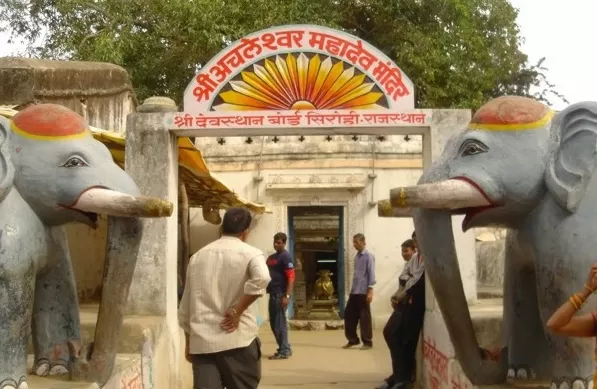
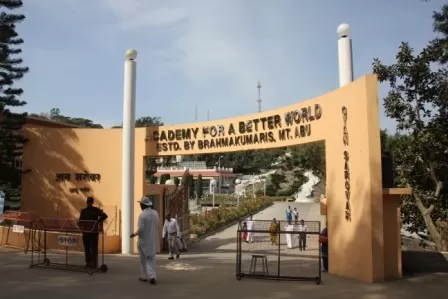
Though it has an ancient history, Mount Abu is currently known more for being the headquarter of Brahma Kumaris Ashram. A short walk takes you away from the activity of tourist place into the tranquil seclusion of this sacred destination whose atmosphere emanates a sense of enchantment; and to the worldwide spiritual headquarters of the Brahma Kumaris from whence the knowledge of the king of all yogas, Raja Yoga, is disseminated, as they claim. The spiritual headquarters complex consists of three campuses – Madhuban and Gyan Sarovar – as well as a recreational park and the Global Hospital & Research Centre. The third center is situated at Abu Road, which is known as Shantivan.
The town of Mount Abu has become a center of bustling market. The rustic look and the trendy shops—both co-exist and lure tourists for their handmade wares, dresses and the eatables. Roadside dhabas have also come up as the lime juice and bhutta wallas. You can see real Rajasthan here with people donning their traditional colourful turban and the women with colorful dresses and the distinct jewellery.
Dilwara Temples:
Dilwara temples are the examples of remarkable Jain architecture and are known for country’s finest decorated temples. Made of marble, these two temples are center of attraction for tourists and those who believes in the Jainism. Vimal Vashai is the elder temple, dates back to as early as year 1031. It is dedicated to the first tirthankar of Jains, Adinath. It is said that 1500 masions and 1200 laborers built it in 14 years. The other one, the Luna Vashi temple is dedicated to the Neminath, the 22nd tirthankar and was built about two centuries later in about 15 years. The temple complex is in the city boundary only and you can easily walk your way to it since it is very near to parking place.
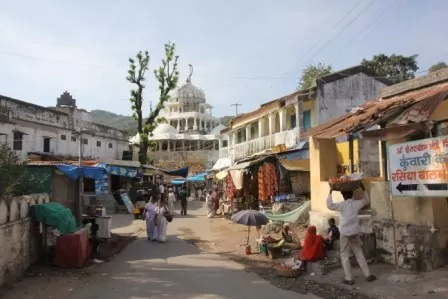
According to Hindu mythology, Nakki lake in Mount Abu is a very sacred ancient lake. The legend is that the lake was dug by the nails of the people, and hence the name. Other myth is that it was dug by Gods themselves to live in.


Gyan Sarovar:
Gyan Sarovar is a 25 acre campus of Brahma Kumaris, situated at Mount Abu. It is officially known as academy of the better world. Gyan Sarovar is an environment which enables individuals to dip into the ‘Lake of Knowledge’ and emerge highly transformed.
Founded by the Brahma Kumaris in 1996, the Gyan Sarovar Academy for a Better World was inaugurated as part of the celebration of the University’s 60th anniversary. The Academy is an international campus – a place where men, women and children can reach their unique human potential and cultivate the values of our common humanity.
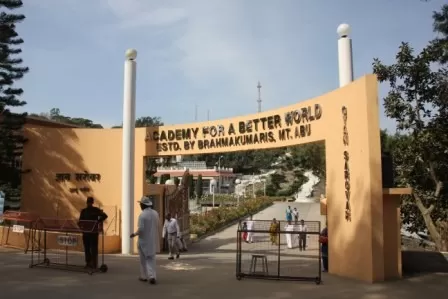
Madhuban:
Madhuban is a place where thousands of devotees from nearly 100 countries gather to deepen their meditation practice. Madhuban’s atmosphere of spirituality inspires profound experiences.
Within no time, the Madhuban campus has evolved into an homely, complex of dormitories, residential units, meditation venues and buildings that house dining facilities, administrative offices, a literature shop, a telephone exchange and a dispensary. The Universal Peace Hall, a 3,000 seat auditorium, has regularly hosted international conferences since 1983. Dining facilities can cater meals for up to 4,000.
Just as the cool heights of Mt. Abu beckoned the Rajasthani kings to retreat from their daily routine; professionals from all corners of the world are attracted to the spiritual power of ’Madhuban‘. Above and beyond the hustle and bustle, the wondrous beauty of ‘Madhuban’ spirits them away to another world.
Global Hospital:
Western Rajasthan is one of the least privileged areas of India. Much of it is desert, water is in short supply and the illiteracy is rampant. The majority of the population has long been deprived of basic health measures. This situation began to change in 1990 with the establishment of the J. Watumull Memorial Global Hospital and Research Centre, a Brahma Kumaris initiative. Designed to provide high quality, modern, holistic healthcare services in a tranquil, rural environment, the hospital offers free or subsidised treatment and medicine to 100,000 people, of whom 54,000 are tribal residents inhabiting 855 primitive villages. The hospital is managed and run by a charitable trust established and supported by members of the Brahma Kumaris.
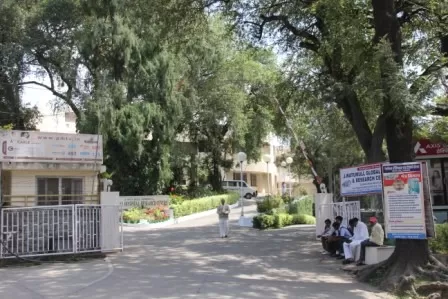
Peace Park:
The Brahma Kumaris Peace Park is both lovely and serene, a natural environment where silence and recreation co–exist. The park offers a perfect recreational environment, with level playing fields, picnic areas, swings, and nature walks. Nestled between two famous peaks of the Aravali hills–the well known spiritual pilgrimage destinations of Guru Shikhar and Achal Garh—Peace Park is an oasis of natural beauty only 8 kms from the Madhuban campus.
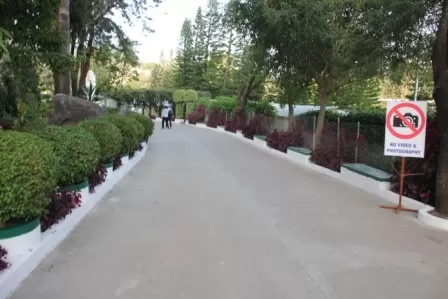
To enter into the temples, one must not wear any leather product. Cameras and mobile phones are also prohibited there.Built by Chalukya between the 11th and 13th centuries AD the temples are world famous and constructed entirely of white marble. These are domed shrines with pillared halls.The Dilwara temples are a composite cluster of five temples. Each of these temples display their own unique identity. These legendary marble temples of Dilwara are named after the small village in which it is located. These are: Vimal Vasahi (Shri Adi Nathji temple) dedicated to the first Jain Tirthankar lord Rishabh, Luna Vasahi (Shri Neminathji temple) dedicated to the 22nd Jain Tirthankar lord Neminatha, Pithalhar (Shri Rishabha Devji temple) dedicated to the first Jain Tirthankar lord Rishabh, Khartar Vasahi (Shri Parshva Nathji temple) dedicated to the 23rd Jain Tirthankar lord Parshva, Mahavir Swami (Shri Mahavir Swamiji temple) dedicated to the 23rd Jain Tirthankar lord Parshva. The designs of the temples depict life stories of Jain Tirthankars, scenes of Gods and Goddesses and great men from Jain and great Hindu mythology. The most famous of these are the Vimal Vasahi and Luna Vasahi temples.
Nakki Lake:
The lake is about half mile in length and about a quarter in widths. There is the Toad Rock on a hill near the lake. Toad rock is so called as it looks like a toad about to jump into the lake, from the side of the rock facing the lake. There are two ways to go up and down the rock; to climb the rocky hill side or to use the steps leading down to Nakki Lake. By the side of the lake there is a path leading to Sunset Point. It is forbidden to climb to Sunset Point due to dangerous bandits living around the path to Sunset Point. Raghunath Temple and Maharaja Jaipur Palace are also on hills near the Lake. Boating in the lake and horse rides around the lake is available.
The Gyan Sarovar complex includes the following facilities:
· Universal Harmony Hall, which seats 1600 individuals and provides simultaneous translation in more than 16 languages. It features both heating and cooling systems and excellent acoustics.
· A complete modular solar steam cooking system of 24, 7.5 square metre parabolic solar dishes capable of providing 2,000 meals per day.
· The International Centre for Higher Learning, an ideal setting for experiential learning processes. This building has 13 seminar rooms with seating capacities ranging from 75–150 individuals.
· 15,000 fruit trees and vegetable gardens irrigated by the recycled water from three man–made lakes.
· A residential complex, which offers comfortable accommodation for 250 people.
· A Meditation Dome, which features a newly–developed ‘dome–and–vault design/ construction technique’ of stabilised mud bricks. This deeply quiet room relies entirely on solar and wind energy for its electricity supply and has an internal earth tunnel ventilation system which maintains a relatively stable year–round temperature.
· A kitchen and dining building able to serve ‘Sattwic’ vegetarian food to 1200 individuals at a time.
· 10 kW hybrid wind–solar–diesel system with battery bank that ensures a 24–hour power supply to the Academy’s telephone and audiovisual systems.
· A Spiritual Art Gallery, which combines high tech audio–visual interactive programmes with traditional Indian art, and features murals depicting international images.
· A unique waste treatment plant capable of treating 200,000 litres of wastewater (generated by kitchen, bathroom and laundry facilities) such that nearly 80% is available for re–use.
Surrounded by Mt. Abu’s splendour and lush vegetation, nestled near the still waters of Nakki Lake, lies ‘Madhuban’, the global spiritual headquarters of the Brahma Kumaris World Spiritual University.
Mount Abu is such a lovely place that it is just not possible to cover the beauty in just one day trip. We missed a lot, including a detailed visit to the Achalgarh fort, the adjoining temples, sunset point, Guru Shikhar where people come all the way to see the magnificient panorama of the nature. Trevor’s Tank is a picturesque location just five kilometers from the main town of Mount Abu, and one of the Mount Abu region’s most popular tourist destinations. We could not visit the place!They say that if you are a person that appreciates natural beauty, then Trevor’s Tank at Mount Abu is the perfect place for you to visit on your holiday. We should have gone for a picnic or a adventure tour and a full day outing at this beautiful location, if we had stayed for one more day here. People of the area believe that if you are a visitor to the Mount Abu region and you wish to experience some of the local religious culture, you must visit the Gaumukh Temple. Once only popular for Ancient sages and saints to meditate at, the Gaumukh Temple is now a popular tourist destination.
Sorry Mount Abu, we missed a lot, but you should not! Enjoy yourself at Mount Abu, anytime.....you will love the simplicity, rustic nature of the environment which also reflects itself in the people. We will come again!
The Brahma Kumaris Peace Park is both lovely and serene, a natural environment spread into about 25 acres area where silence and recreation co–exist. The park offers a perfect recreational environment, with level playing fields, picnic areas, swings, and nature walks.
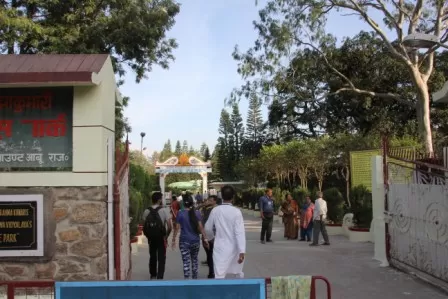

Frequent Searches Leading To This Page:-
rajasthan tourism packages, rajasthan tours jaipur, rajasthan holiday tour packages, rajasthan vacation packages, tour package rajasthan, rajasthan tour package price



